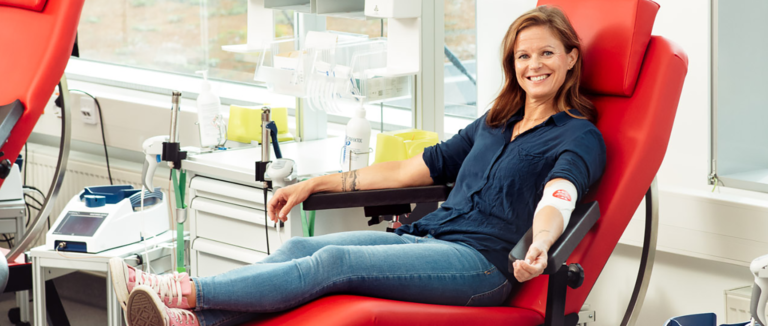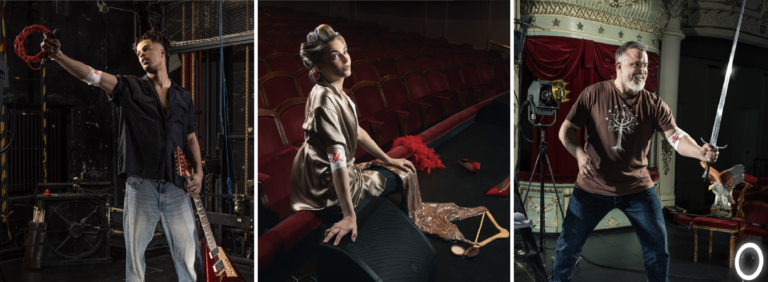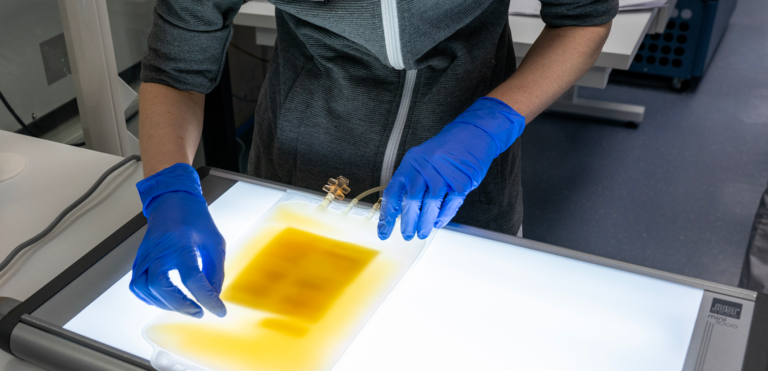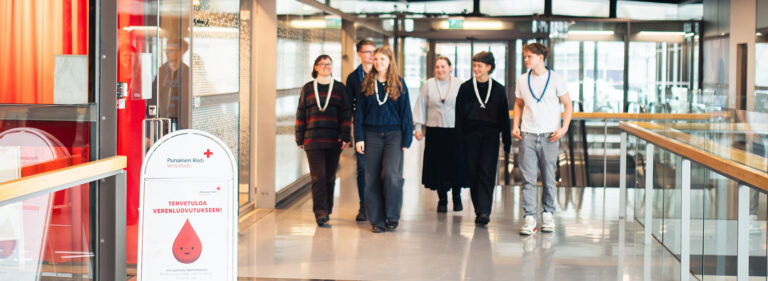The Blood Service is looking for people with a rare blood group – using a computer-based screening method
There are many more different blood groups than the eight basic blood groups taught in school biology textbooks. As the demographic structure changes, so does the need for donors. The Blood Service is using various methods to search for donors with rare blood groups to ensure that suitable blood products can be secured for all patients. A new method that utilises biobank data will help to find rarer blood groups.
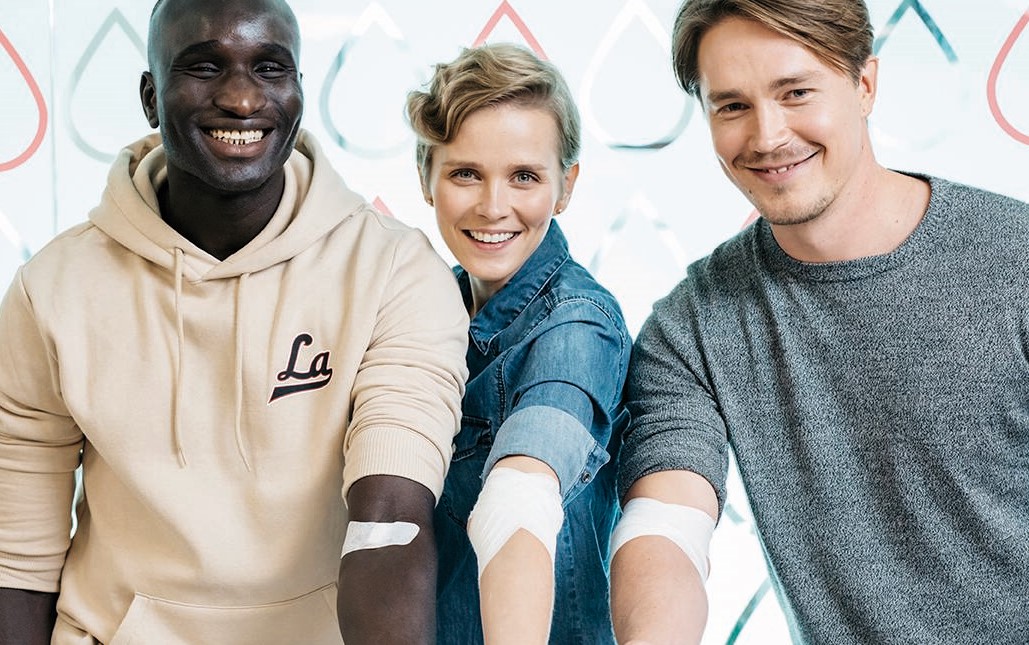
It isn’t always easy to get the right blood product for a patient, as situations vary, as do the blood products needed by hospitals. An accident may cause a sudden need for donors, or a particular individual may be the only appropriate donor for a patient due to their rare blood group, for example.
Blood groups are inherited and their distribution varies by region. In order to find the most suitable blood products for all patients, donors are needed from a variety of different population groups and from all over Finland.
Blood groups in Finland are typical to Finns, and some are not really found anywhere else. The same applies to people living in Finland who have a foreign background.
“The more individual blood donors there are, and the more geographically diverse backgrounds they come from, the greater the chances of finding the right donor for each patient,” says Doctor Janina Forstén from the Blood Service.
The Blood Service’s goal is therefore to identify and remove possible fears or preconceptions about blood donation and to increase blood donation awareness among people with a foreign background.
Every donor counts
The share of people with a foreign background in Finland has doubled over the past ten years. For this reason, the current group of blood donors no longer represents the patient population broadly or comprehensively enough. All blood is red, but that doesn’t mean it’s the same. Human red blood cells vary greatly from person to person, with more than 350 different blood groups identified.
The Blood Service aims to strengthen blood donors as a group. The most important thing is to make sure that there are enough voluntary blood donors who are representative of the population as a group, and who are ready to donate blood when needed. More donors are needed, as only 3% of Finns currently donate blood.
Genetic research to help in the search for rare blood groups
In particular, there is an ongoing shortage of donors with rare blood groups. In order to find these donors, the Blood Service’s R&D department has developed tools for using genomic information in the Blood Service Biobank.
“We have developed a method to determine 37 different blood group factors, among other things, from existing biobank genome data,” says Senior Scientist Kati Hyvärinen.
The new method will continue to be utilised in the patient laboratory by using computer-based screening scripts to search for very rare combinations of blood groups or combinations which are in high demand. These rare blood groups are not detected in routine laboratory tests carried out on donated blood, and must be searched for using the screening methods developed for that specific purpose.
“It is very difficult and time-consuming to find a rare blood group using manual methods or by chance. Using computer-based methods, we can look directly at the Blood Service Biobank data from the 60,000 donors who could potentially have a rare blood group,” says Laboratory Specialist Katri Haimila.
Blood donors predicted to have a rare blood group based on the data are invited to undergo laboratory tests to identify each donor’s exact blood group. This information will help to find the best suitable donor for an increasing number of patients in the future.
“This does not eliminate the need for new blood donors with a rare blood group, however, as the Blood Service Biobank only has around 60,000 members, so the majority of the population falls outside of the scope of the screening,” says Kati Hyvärinen.
